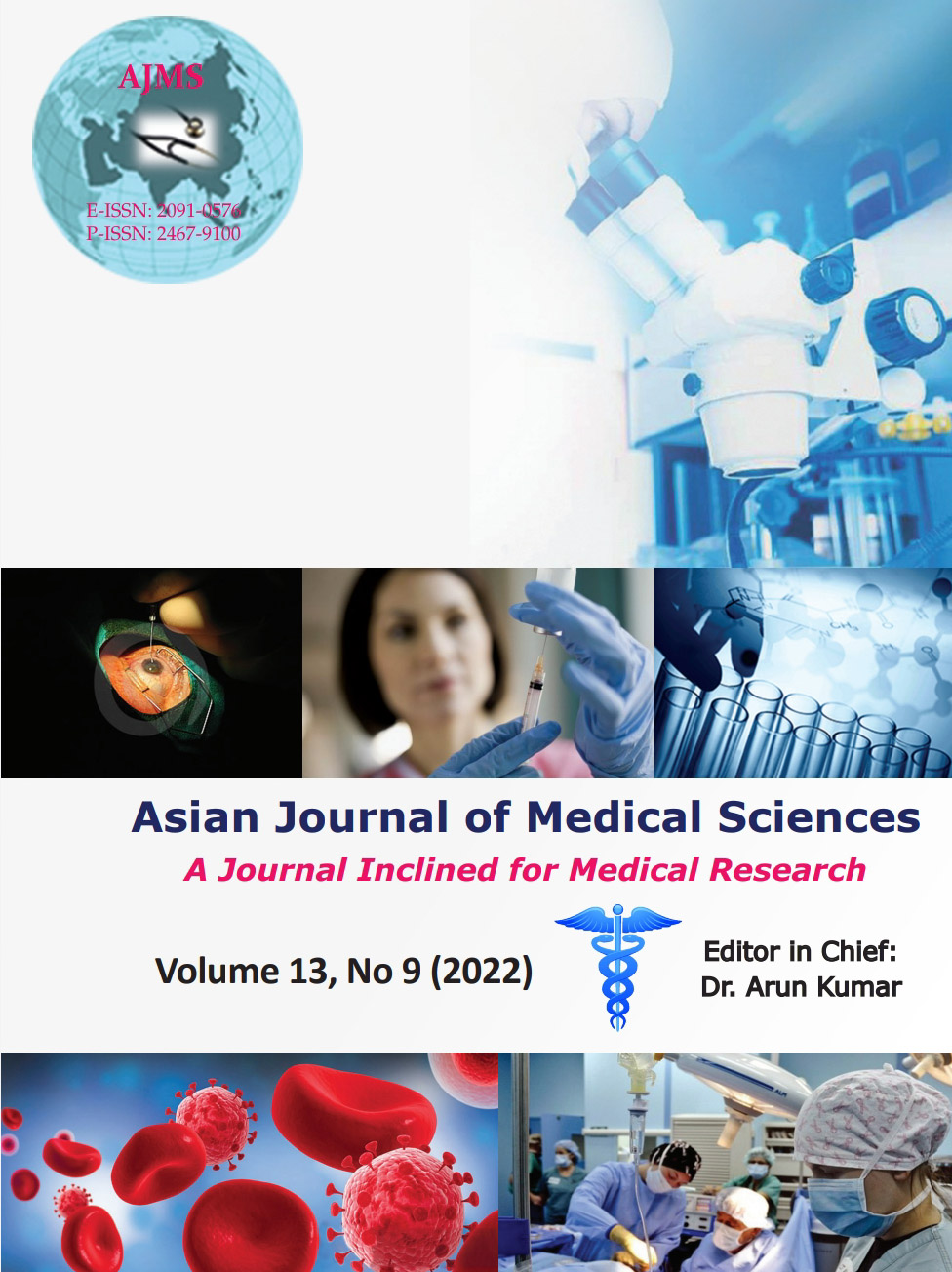Comparative analysis of deferasirox and deferiprone iron chelator on the growth pattern of Bengali β-thalassemia major children of West Bengal, India
Keywords:
β-Thalassemia major; Deferasirox; Deferiprone; Height; Weight velocityAbstract
Background: Ineffective erythropoiesis and excessive red blood cell transfusions are the major source of iron overload in case of thalassemia major patients. It is mainly accountable for the growth retardation, morbidity, and mortality in patients with beta thalassemia major. The availability of effective iron chelators and proper knowledge regarding the iron toxicity can significantly improve the rate of survival in thalassemia patients.
Aims and Objectives: The study was done to compare the efficacy and safety of the deferiprone (DFP) with deferasirox (DFX) in regulating the growth pattern among the thalassemia major patients.
Materials and Methods: The height and weight were plotted on the World Health Organization recommended growth charts for 0–5 years and 5–19 years old boys and girls during the follow-up visits. Comparison between the role of DFP versus DFX was evaluated by t-test.
Results: There is no statistically significant (P=0.11 in males and P=0.06 in females) difference between DFP versus DFX while considering height velocity. A similar observation was obtained in case of weight velocity (P=0.78 in males and P=0.56 in females) and basal metabolic index (BMI) index (P=0.44 in males and P=0.53 in females).
Conclusion: Both DFX and DFP have no significant correlation in regulating the height, weight, and BMI of thalassemia children.
Downloads
Downloads
Published
How to Cite
Issue
Section
License
Copyright (c) 2022 Asian Journal of Medical Sciences

This work is licensed under a Creative Commons Attribution-NonCommercial 4.0 International License.
Authors who publish with this journal agree to the following terms:
- The journal holds copyright and publishes the work under a Creative Commons CC-BY-NC license that permits use, distribution and reprduction in any medium, provided the original work is properly cited and is not used for commercial purposes. The journal should be recognised as the original publisher of this work.
- Authors are able to enter into separate, additional contractual arrangements for the non-exclusive distribution of the journal's published version of the work (e.g., post it to an institutional repository or publish it in a book), with an acknowledgement of its initial publication in this journal.
- Authors are permitted and encouraged to post their work online (e.g., in institutional repositories or on their website) prior to and during the submission process, as it can lead to productive exchanges, as well as earlier and greater citation of published work (See The Effect of Open Access).




